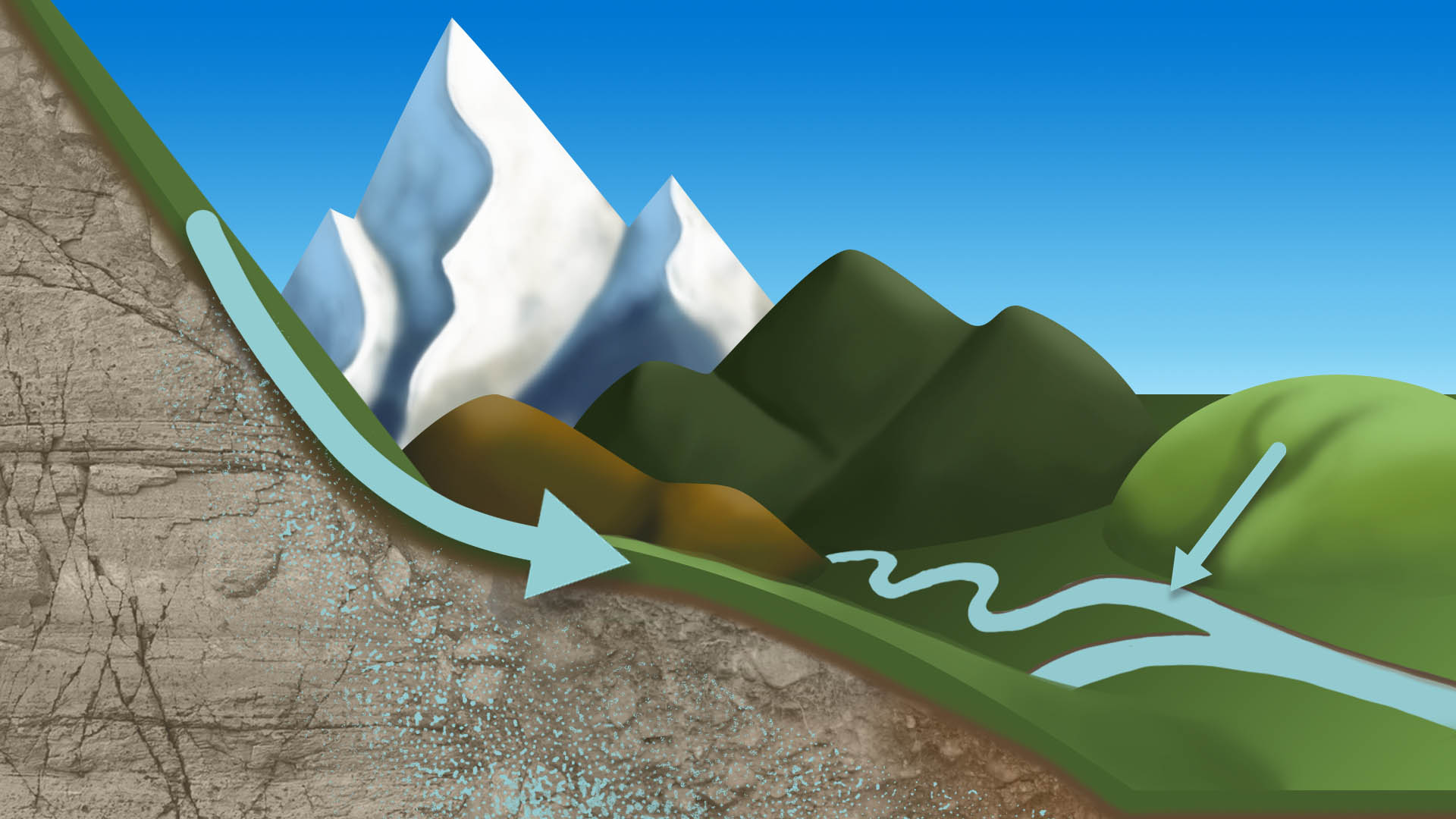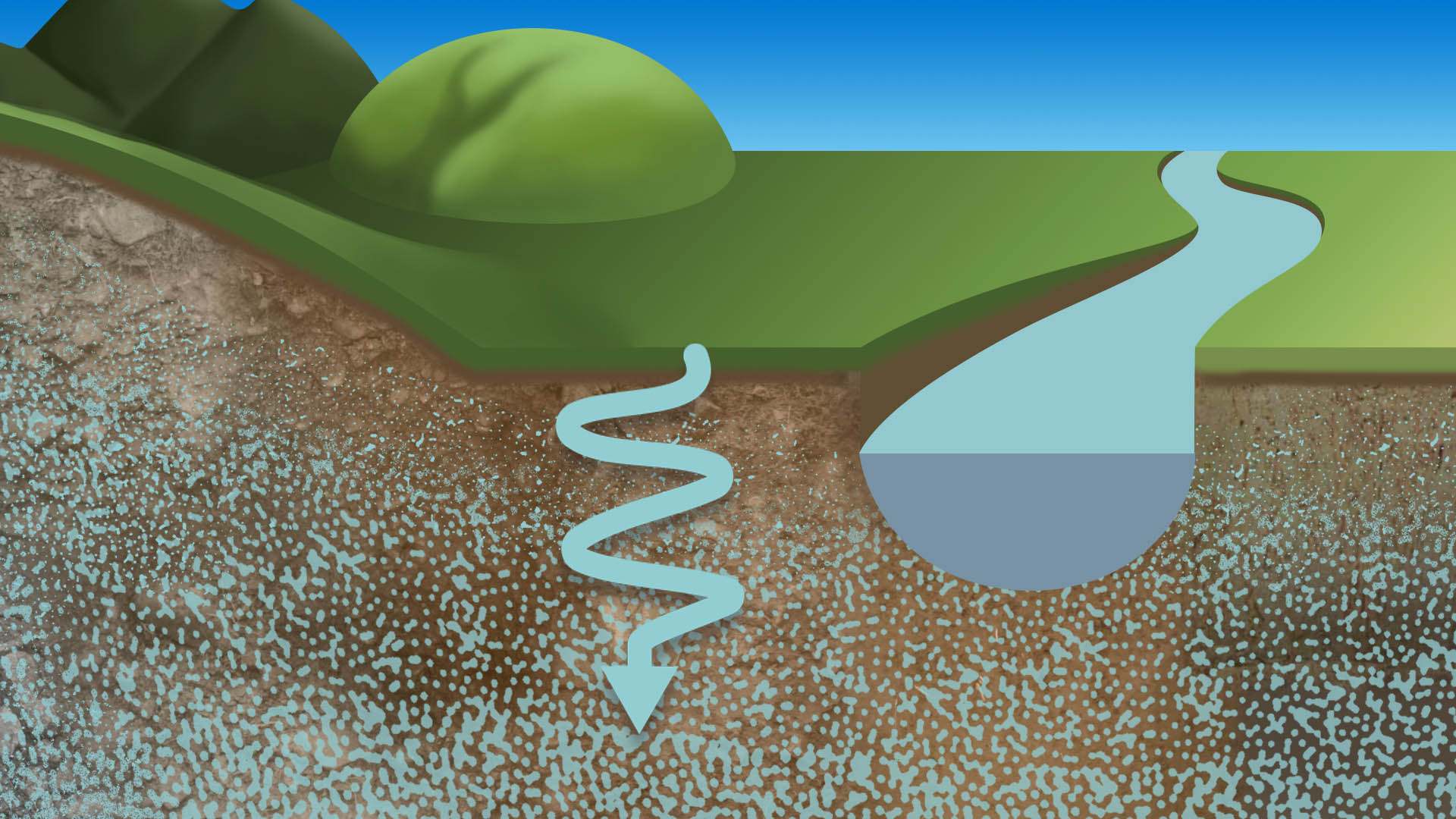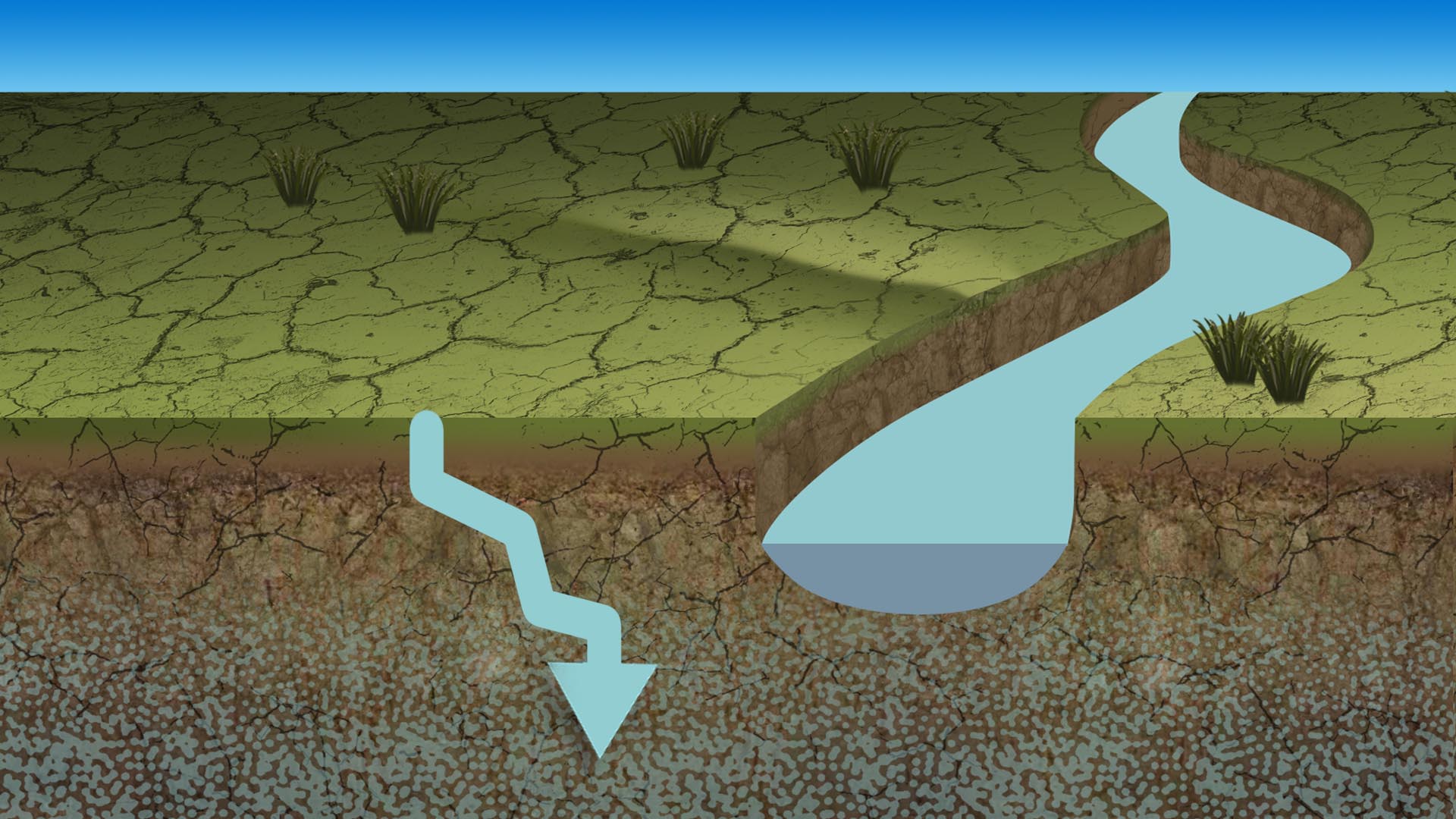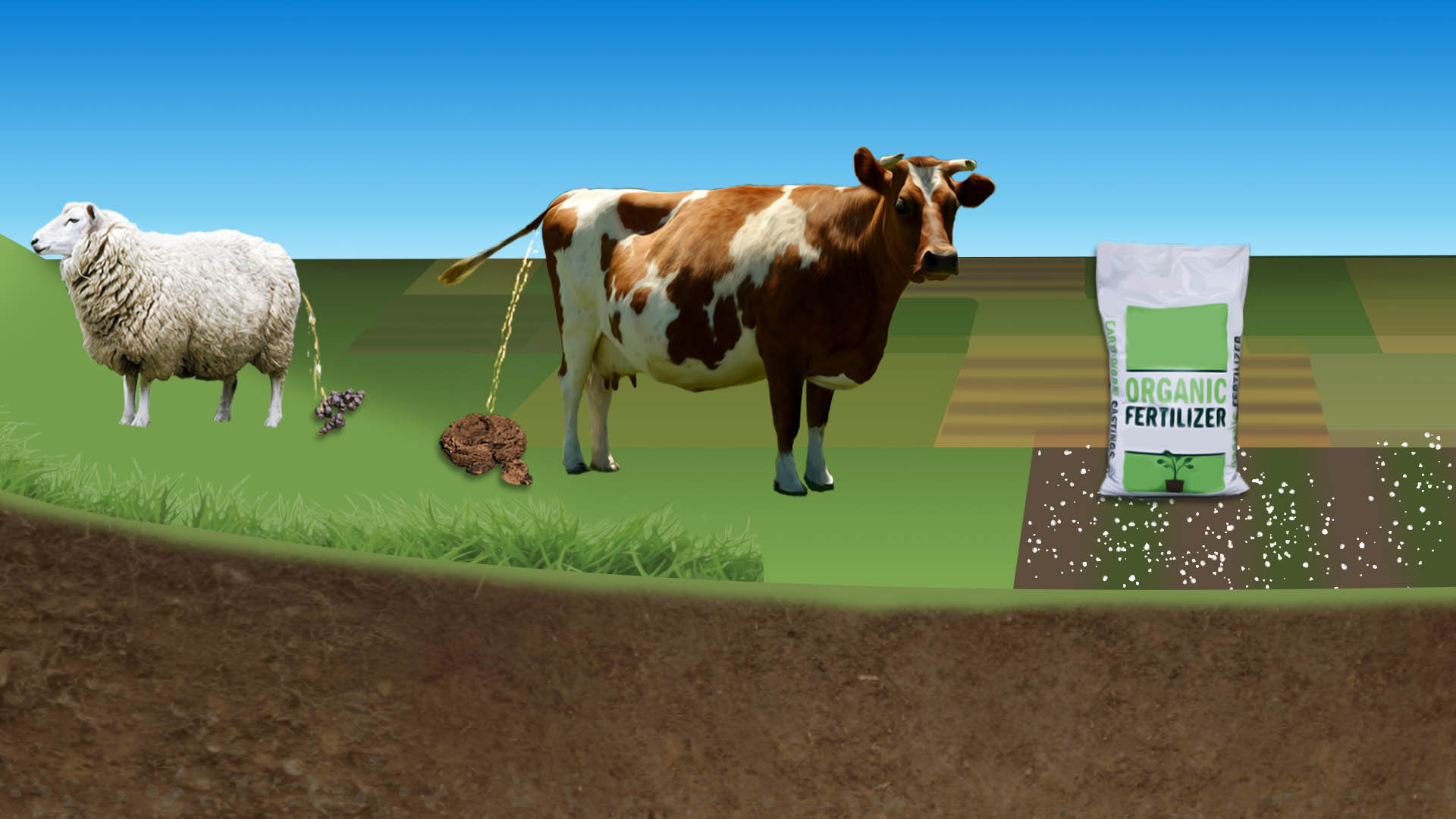Prevent Contaminant Generation at Source by Land Management and Treatment Options
In the wrong place, or at excessive concentrations, nutrients (nitrogen and phosphorus) and sediment become contaminants. Along with pathogens, they require reduction to improve water quality. Mitigations associated with land management reduce the land use pressure limiting the production of contaminants.
Prevention or minimising the generation of contaminants is not only beneficial for the environment through improved water quality and soil health, but also keeps the nutrients and soil in place to be utilised by the production system. These benefits can also include reducing input costs to the farm system.
In this section we identify what land management actions are more likely to be appropriate for lowering the contaminant risk by flow path and treatment at source.
Overland flow

Reduce the amount of contaminant available for transport and increase the likelihood precipitation will drain through the soil, rather than runoff over the land surface.
Recommended Actions
Deep Drainage

Deep drainage (or percolation through the soil zone to an underlying aquifer) is the slowest transport pathway and transports predominantly dissolved contaminants to groundwater. Over the driest months, groundwater makes up most of the water in a waterway.
Recommended Actions
- Fertiliser application rates and timing
- Low input systems and stocking rates
- Deep rooting crops
- Low nitrogen crops
- Catch crops
- Low-rate effluent application
- Storage of effluent and deferred irrigation
- Effluent pond treatment systems
- Reducing water use and wastewater
- Precision irrigation (variable rate)
- Precision agriculture (remote sensors and field measurement)
- Off pasture structures
- Regenerative farming
Lateral and Artificial Drainage

Actions that reduce contaminant loss by deep drainage are also appropriate for minimising losses in lateral and artificially drained land. Due to the shallow water table, most water drains from the soil zone to stream. Where artificial drainage is present, ditch drains and subsurface drains intercept the shallow water table resulting in discharges to stream.
Recommended Actions
- Fertiliser application rates and timing
- Low input systems and stocking rates
- Deep rooting crops
- Low nitrogen crops
- Catch crops
- Low-rate effluent application
- Storage of effluent and deferred irrigation
- Reducing water use and wastewater
- Precision irrigation (variable rate)
- Precision agriculture (remote sensors and field measurement)
- Off pasture structures
- Regenerative farming
- Retiring marginal land
Natural Soil Bypass

Awareness of when soils are vulnerable to natural bypass via soil cracks is critical for undertaking the right land management options. Effective land management requires monitoring of the soil condition and postponing activities on farm when soils are most vulnerable for loss.
Recommended Actions
Direct Deposition

Direct deposition occurs when the source of the contamination occurs directly over a waterway or so close that the potential for wash-in is very high. When direct deposition occurs there no opportunity for the land to attenuate contaminants.
Recommended Actions
Treatment at Source

Treatment at source options prevent the generation of contaminants by either additives that reduce loss or by treatment processes removing the source of contaminant. When water drains by any pathway, there is a lower source load vulnerable to loss.